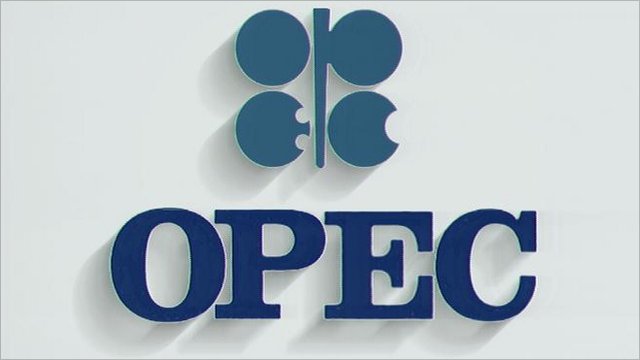The Organisation of Petroleum Exporting Countries (OPEC), Wednesday, raised its forecast for non-member oil supply this year to almost double the growth predicted four months ago as higher prices spur U.S. shale drilling, offsetting OPEC-led output cuts and a collapse in Venezuelan production.
In a monthly report, the Organization said non-OPEC producers would boost supply by 1.66 million barrels per day in 2018. That was the fourth straight rise from 870,000 bpd forecast in November.
“For 2018, higher growth is expected on the back of the projected increase in U.S. shale production following a better price environment not only for shale producers, but also for other countries such as Canada, the UK, Brazil and China,” OPEC said of the outlook for non-OPEC supply.
This would lead to “a higher quarterly distribution throughout the year with a record-high level projected for the fourth quarter”, OPEC said.
OPEC, Russia and several other non-OPEC producers, excluding the United States, began to cut supply in January 2017 in an effort to erase a global glut of crude that had built up since 2014. They have extended the pact until the end of 2018.
The deal has helped boost oil prices which topped $71 a barrel this year for the first time since 2014 and were near $65 on Wednesday. But it has also encouraged a flood of shale, fuelling a debate about the curbs’ effectiveness.
Oil pared much of an earlier gain on Wednesday after the release of the OPEC report.
The Iranian oil minister said OPEC could agree at its next meeting in June to start easing the curbs in 2019, the Wall Street Journal reported. He also said OPEC should aim for oil around $60 to contain shale growth.
Top exporter Saudi Arabia, however, said in February it was premature to discuss an exit strategy.
Faster-than-expected growth in demand due to a robust world economy has added a tailwind to the OPEC supply effort.
Although OPEC in the report slightly raised its estimate of growth in world demand to 1.6 million bpd, it now projects the expansion in supply outside the group will exceed gains in demand.
This brings OPEC’s view closer to that of the International Energy Agency, which expects a less rosy 2018 supply/demand balance.
While rivals are pumping more, OPEC’s production in February fell, according to the report.
Total output dropped by 77,000 bpd to 32.186 million bpd, led by declines in Iraq, the United Arab Emirates and Venezuela, according to figures OPEC collects from secondary sources.
Adherence by the 12 OPEC members with output targets rose to 147 percent, according to a Reuters calculation based on the OPEC figures, higher than 137 percent in January based on last month’s report.
The figures that OPEC members reported themselves showed some deeper declines in production.
Venezuela, whose output is dropping amid an economic crisis, told OPEC its production sank by about 183,000 bpd to 1.586 million bpd in February. The number is believed to be the lowest in decades.






























